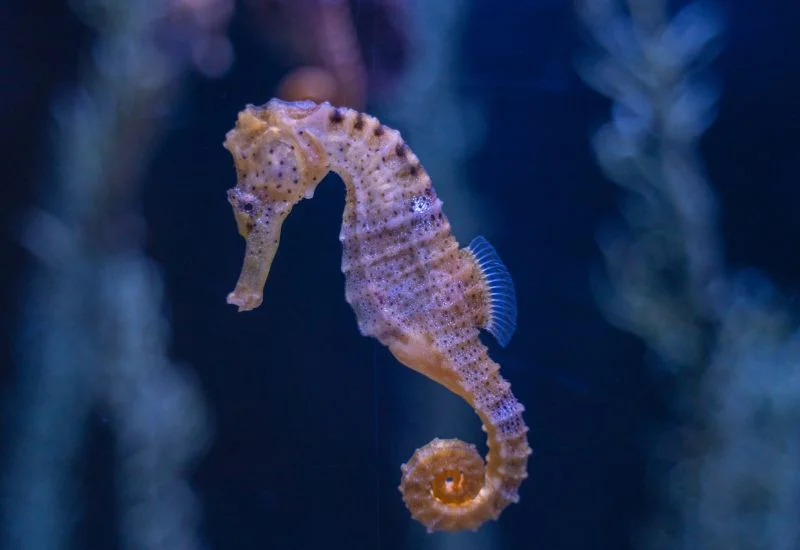Maintaining good water quality is essential for a long, healthy life for the fish. An aquarist usually doesn’t pay attention to the quality of water.
Poor water quality can lead to the formation of dangerous bacteria and parasites. Tarnished water can lead to serious health problems and fatalities among fish.
Keeping an aquarium clean is a hard task, but keeping your fish happy and healthy is also important.
Understanding Water Quality
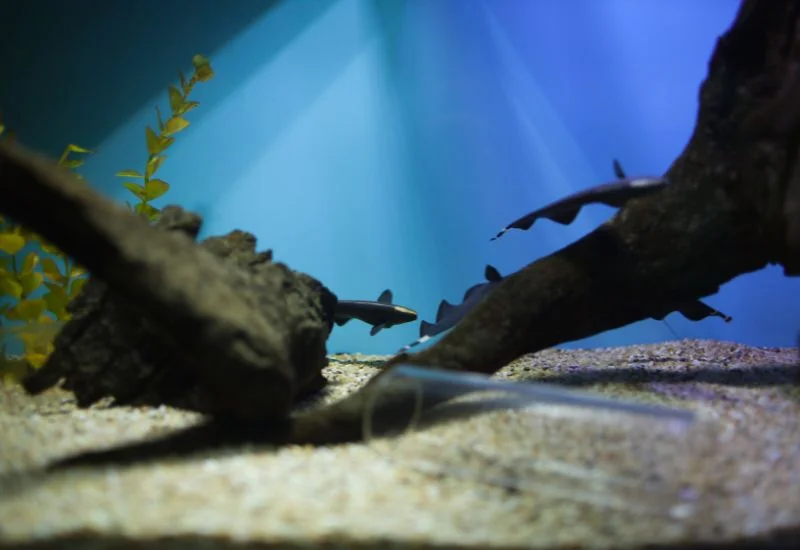
Water plays a vital role in aquatic life. All aquatic living get everything needed from water for their survival. Maintaining the fresh aquarium water quality is a prime function. Spending time on the quality of water can be hard, but it’s worth the effort. It will increase the health of your fish and provide them a long life.
The Nitrogen Cycle
The nitrogen cycle in the aquarium usually refers to the cycle where the fish waste turns into harmful chemicals like Nitrites, Nitrates, and Ammonia that can affect the health of the fish.
These chemicals are harmful to all aquatic organisms. The nitrogen cycle is about making sure to have enough micro-organisms like plants and bacteria that can eat that waste.
Nitrifying bacteria living in the aquariums convert Ammonia into nitrite. But another group of nitrifying bacteria, nitrite, is converted into nitrates, which is less harmful. Long-term exposure to nitrates can have a negative impact on fish health.
pH Level
The pH of water shows that if water is acidic or normal. Water’s pH level defines whether the quality of water is good for fish or not. pH level of 7.0 is considered regular. The best pH level of water for fish varies from 6.8 to 7.8. To maintain the pH level of water can be changed due to the waste of fish it can be eliminated by changing the water of the aquarium.
Ammonia in Water
Ammonia is highly dangerous for fish. It can be increased in new fish tanks due lack of nitrifying bacteria. Mainly Ammonia comes from the gills and urine of the fish. The decomposing in the aquarium also contributes to the making of Ammonia.
The over strength of fish in the water and over feeding to fish also contribute to the production of Ammonia. Ammonia is more toxic at high temperature where pH is 7 and less toxic at low. Increase in Ammonia can lead to the death of fish.
Nitrite in Water
Nitrite is produced by nitrifying bacteria and belongs to the second stage of the nitrogen cycle. Abundance of nitrite can make it difficult for fish to breathe even if the level of oxygen is good. Nitrite is less harmful but it can still create a biological disbalance in the aquarium.
It is important to eliminate nitrite. It is important to check the level of nitrite every week.
Nitrate in Water
Nitrate in the aquarium is the least harmful element to the fish. The long term exposure to nitrate can impact on the health of the fish. The production of nitrate in the aquarium demonstrates that water quality is good.
The quantity of nitrate impacts fish according to their species and age. The level of nitrate above 50 ppm is highly dangerous to fish. It can be eliminated by live plants and changing of water timely.
Phosphate in the Water
Phosphate can be found in aquariums through tap water. The other sources of phosphate are the food of fish, activated carbons, and water additives. Phosphate is not harmful to the fish but it contributes to the growth of algae. To maintain the ratio of phosphate in the water the partial change of water is important.
Common Water Quality Issue
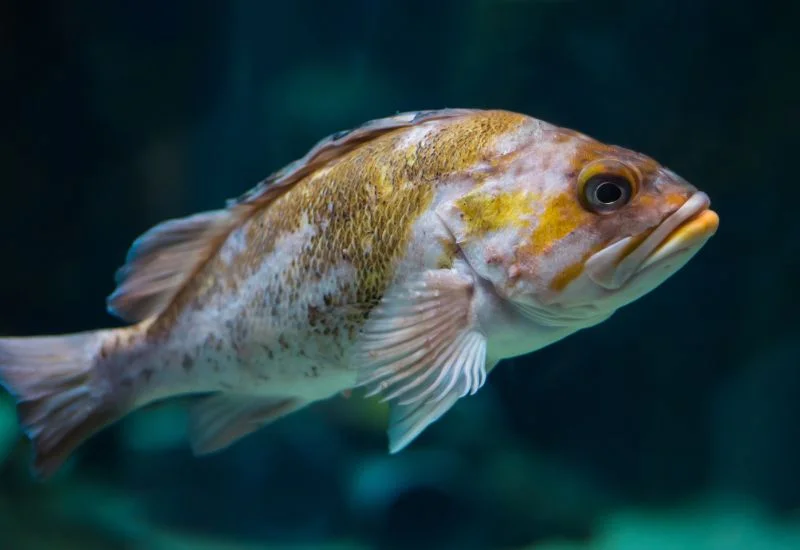
There are three main issues that can impact aquarium life.
Cloudy Water
The excess food in the tank, which your fish cannot, can cause cloudy water. Make sure to feed your fish according to their species’s needs. The decomposing of uneaten food causes clouds in the water. The other reason could be the over-strength of fish in the tank. The waste of the fish can make Ammonia and Nitrite which can also make water cloudy.
Green Water
The excessive production of algae can make the water green. The ratio of phosphate in the water can also cause green water as it contributes to the growth of algae. The ratio of phosphate can be high in tap water. Before using tap water for the aquarium check the ratio of phosphate in the water.
Smelling Water
The smell in the water can be caused by the excess food and chemicals in the water. Make sure to not cover feed fish. Check your filter if it’s clean and working. To eliminate chemicals from the water make sure to change the water of the aquarium partially.
Impact on Aquatic Life
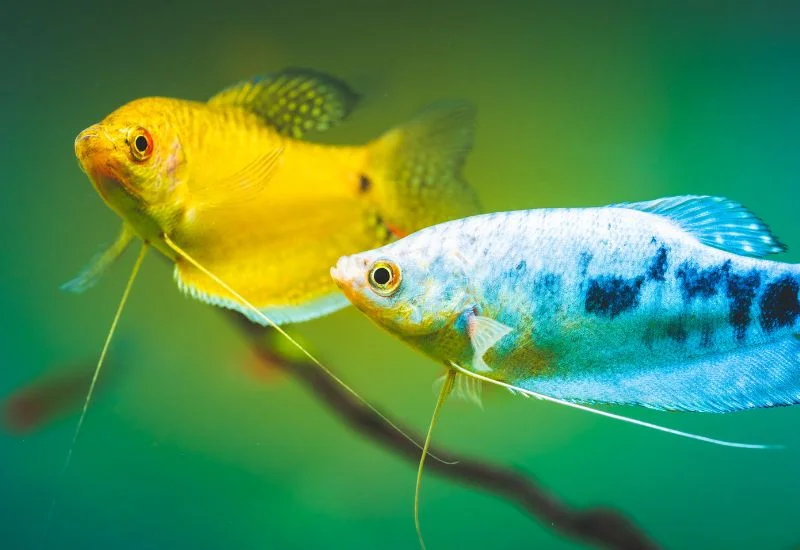
The keeper of the aquarium can check Nitrites, Nitrates, pH level, and hardness of the water. Here are some problems affecting aquarium life.
Weakening of the Immune System
- Polluted water can reduce the immune strength of aquarium life. That makes them more open to diseases.
- Clear water can help fish fight small infections on their own, even if they have poor skin.
- Polluted water makes them more vulnerable, and even with proper assistance, fish can become ill if the water is intoxicated.
Increase in the Ratio of Toxicants
- Captive fish live in the aquariums, and their food waste stays in the water. That wastage builds toxins.
- Plants and uneaten food also stay in the water. The decomposition of these components makes the water harmful, full of nitrite and increases ammonia levels.
- If you’re not checking the quality of water, these factors can produce harmful toxins, which can lead to death.
Testing and Monitoring Water Quality
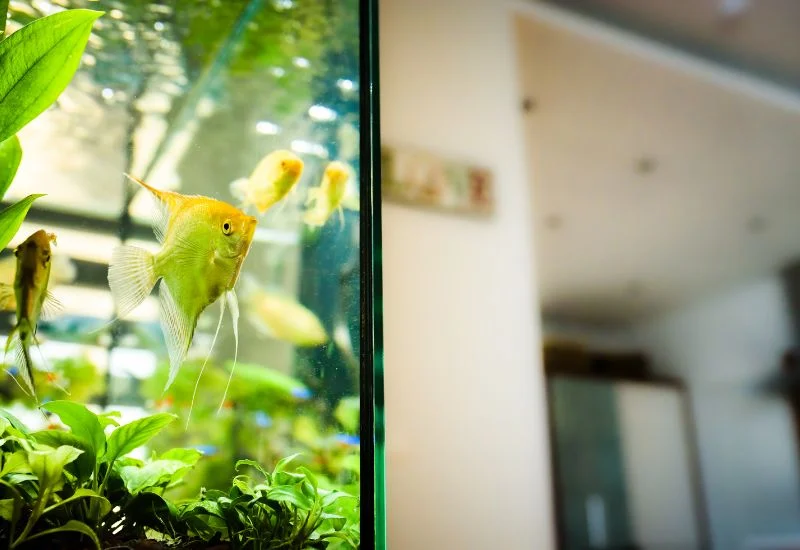
The aquarium water test is not hard, even for beginners. The water can be tested through kits. Check the pH level of water and the general hardness of water before setting up the tank. Make sure water has fewer Nitrates, Nitrites, and Ammonia to give your fish a stable environment.
To monitor the water quality, keep these points in mind
- Change the water on needed terms.
- Install the water cleaning filters so they can remove any harmful chemicals.
- Avoid overfeeding your fish in order to be safe from uneaten food toxins.
- Make sure the filters are working and clean.
- Live plants in the aquarium can reduce the toxins and chemicals in the water.
Maintaining Optimal Water Quality
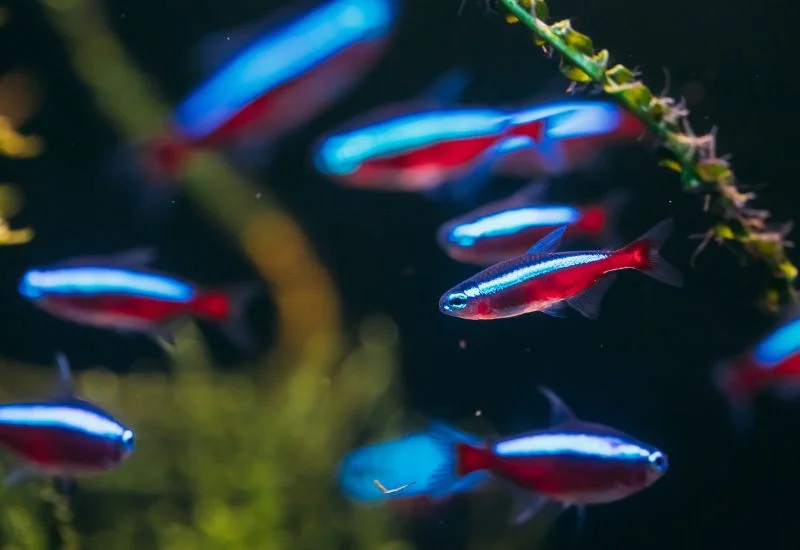
- To maintain the water quality of the aquarium, make sure the filter is working.
- Change the water on the required basis. Make sure your filter’s sponges are clean.
- Do not overfeed your fish to avoid unnecessary wastage.
- To check the quality, use different kits available on the market.
Placement of live Plants in the Aquarium
Planting live plants into the aquarium is the personal choice. However, live plants can offer a great amount of safety to the fish. Plants can reduce the amount of nitrates in the water. These plants are also compatible to fight with algae. While choosing the live plants for your aquarium make sure these plants are suitable for the species of your fish.
Use of Rocks in the Aquarium
The use of rocks in the aquarium can have an impact on water quality. Before placing the rock into the aquarium, make sure to check the quality. Add vinegar on the top of the rock and see if there is any bubbling. Don’t use that rock. You can also observe the pH of rock by soaking it in the water for some days before putting it into the tank.
Conclusion
To maintain the best aquarium life, it is important to have good-quality water. All aquatic living lives in the water and water provides them with things to survive. To ensure the good health and life of the fish, it is important to check the quality of water timely.
The water can be polluted due to excess food or fish waste in the water. The water can be cleaned through filters and changing of aquarium water partially.
